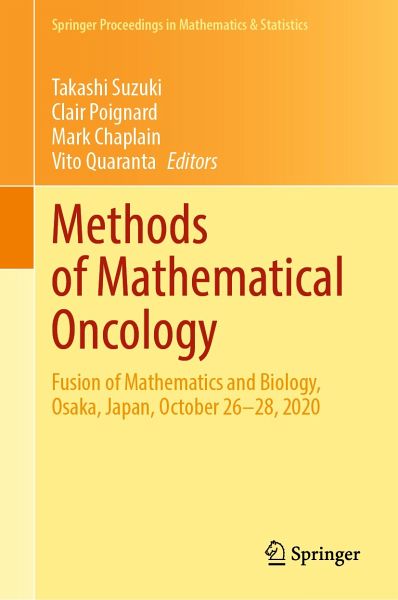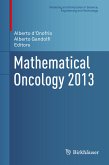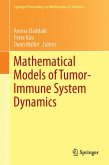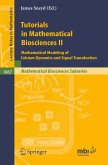This book presents original papers reflecting topics featured at the international symposium entitled "Fusion of Mathematics and Biology" and organized by the editor of the book. The symposium, held in October 2020 at Osaka University in Japan, was the core event for the final year of the research project entitled "Establishing International Research Networks of Mathematical Oncology." The project had been carried out since April 2015 as part of the Core-to-Core Program of Japan Society for the Promotion of Science (JSPS). In this book, the editor presents collaborative research from prestigious organizations in France, the UK, and the USA. By utilizing their individual strengths and realizing the fusion of life science and mathematical science, the project achieved a combination of mathematical analysis, verification by biomedical experiments, and statistical analysis of chemical databases.
Mathematics is sometimes regarded as a universal language. It is a valuable property that everyone can understand beyond the boundaries of culture, religion, and language. This unifying force of mathematics also applies to the various fields of science. Mathematical oncology has two aspects, i.e., data science and mathematical modeling, and definitely helps in the prediction and control of biological phenomena observed in cancer evolution.
The topics addressed in this book represent several methods of applying mathematical modeling to scientific problems in the natural sciences. Furthermore, novel reviews are included that may motivate many mathematicians to become interested in biological research.
Dieser Download kann aus rechtlichen Gründen nur mit Rechnungsadresse in A, B, BG, CY, CZ, D, DK, EW, E, FIN, F, GR, HR, H, IRL, I, LT, L, LR, M, NL, PL, P, R, S, SLO, SK ausgeliefert werden.
Es gelten unsere Allgemeinen Geschäftsbedingungen: www.buecher.de/agb
Impressum
www.buecher.de ist ein Internetauftritt der buecher.de internetstores GmbH
Geschäftsführung: Monica Sawhney | Roland Kölbl | Günter Hilger
Sitz der Gesellschaft: Batheyer Straße 115 - 117, 58099 Hagen
Postanschrift: Bürgermeister-Wegele-Str. 12, 86167 Augsburg
Amtsgericht Hagen HRB 13257
Steuernummer: 321/5800/1497
USt-IdNr: DE450055826
Bitte wählen Sie Ihr Anliegen aus.
Rechnungen
Retourenschein anfordern
Bestellstatus
Storno









